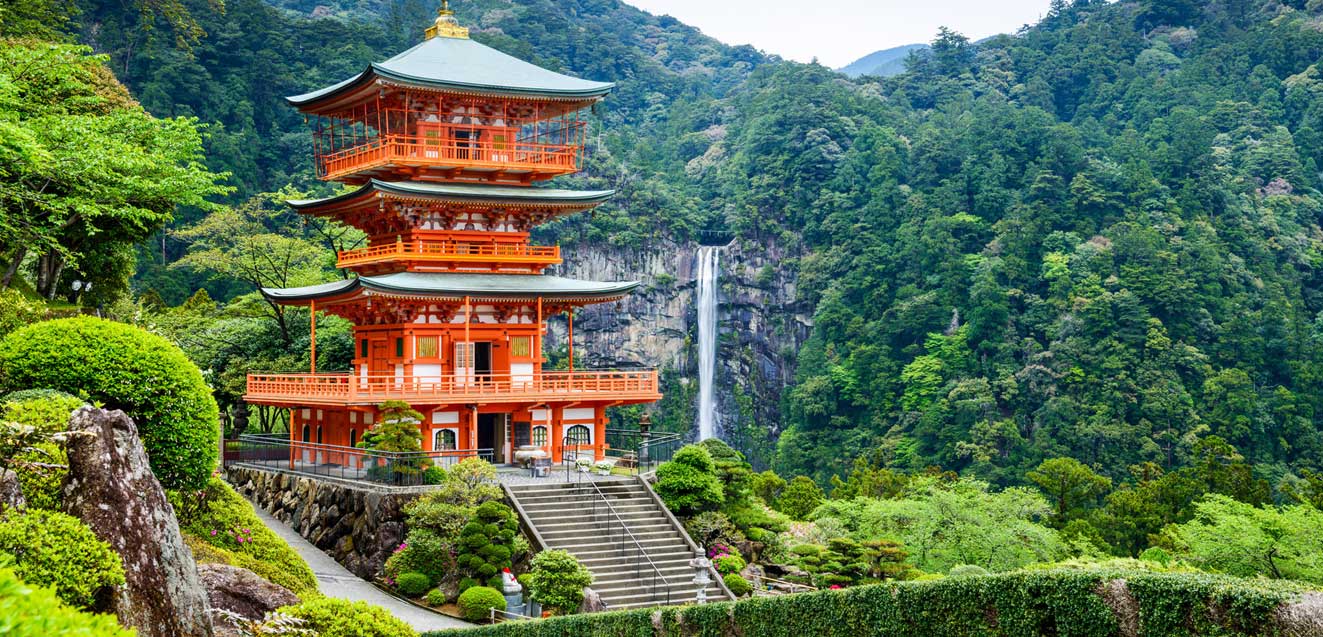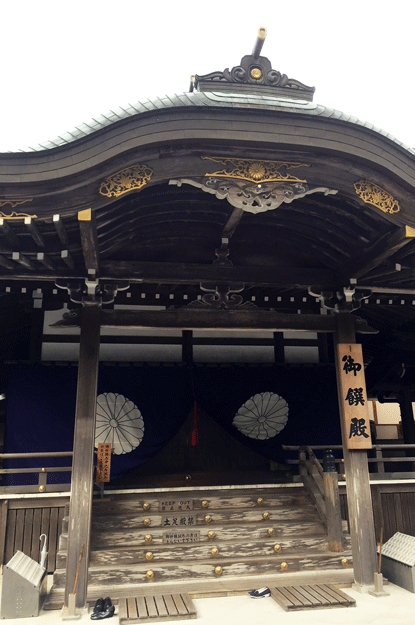Walking the Pilgrims’ Path at Japan’s Ise Grand Shrine

Last fall I had the good fortune to lead an exhilarating two-and-a-half-week exploration of Japan, from Hokkaido in the far north to Kyushu in the far south. This was the debut journey of a new GeoEx small group tour called Japan: Tip to Toe, which I helped create, and it lived up to its name.
Our enthusiastic group of 12 travelers and 2 guides experienced the full spectrum of Japan, in landscape, religion, culture, history, and cuisine.
Among the many highlights of the Japan small group tour, one that especially stood out for me was our visit to Ise Jingu, or Ise Grand Shrine, one of Japan’s most holy Shinto sites, located in the southeastern corner of Honshu, Japan’s main island.

Japanese Shinto Shrine
Shinto is Japan’s ancient animist religion, and remarkably, it still exerts a significant influence in everyday life. Japanese visit Shinto shrines to perform traditional prayers and ceremonies at times of significant life-transitions, including giving birth, entering and graduating from college, starting a professional career, and beginning married life. We witnessed these at Ise Jingu, watching kimonoed mothers bouncing beribboned babies on their way to private ceremonies, and a group of 20 besuited young businessmen bowing in unison as a priest shook a white-tasseled wand over them.
Ise Jingu is dedicated to the sun goddess Amaterasu, the most important of all the Shinto deities. The complex’s inner shrine is purported to date from the 3rd century and to house the sun goddess’s Holy Mirror, which is one of the three sacred symbols of the imperial family. For this reason, the site remains today, as it has been for more than a thousand years, a place of special pilgrimage for the Japanese.
Spiritual Pilgrimage
Our small group of American pilgrims was enthralled by the atmosphere of the place, with paved walkways leading through towering groves of evergreens and stone torii gates marking the entrance to sacred courtyards and structures, where priests in high-peaked hats, flowing white robes, and enormous black footwear performed mysterious ceremonial rites.

From the towering trees, some with trunks as wide as two humans, to the venerated buildings, Ise Jingu seemed to crackle with a sacred energy. The very air seemed full of reverence, awe, and yearning.
Walking through this venerable complex, I reflected on how many thousands upon thousands of pilgrims had walked these very same pebbled paths before me, bearing their hopes, despairs, burdens, and dreams.
Then I looked at the present-day pilgrims around me—American, European, Thai, Chinese, Japanese—and realized anew how similar we all are on this mortal journey, whatever our backgrounds and beliefs.
Once again I savored the unexpected blessings such holy places can bestow, and felt my own soul soar on the fervent currents that flow at Ise’s sacred shrine.
# # # # #
For a decade, Don George, the beloved and award-winning Editor in Chief of this blog, has been procuring captivating and compelling travel stories for us. He’s traveled widely in and written extensively about Japan, not to mention having lived there for two years. His recent book, The Way of Wanderlust: The Best Travel Writing of Don George, features a heart-opening collection of his own evocative essays and tales from his 40-year career as a travel writer.

